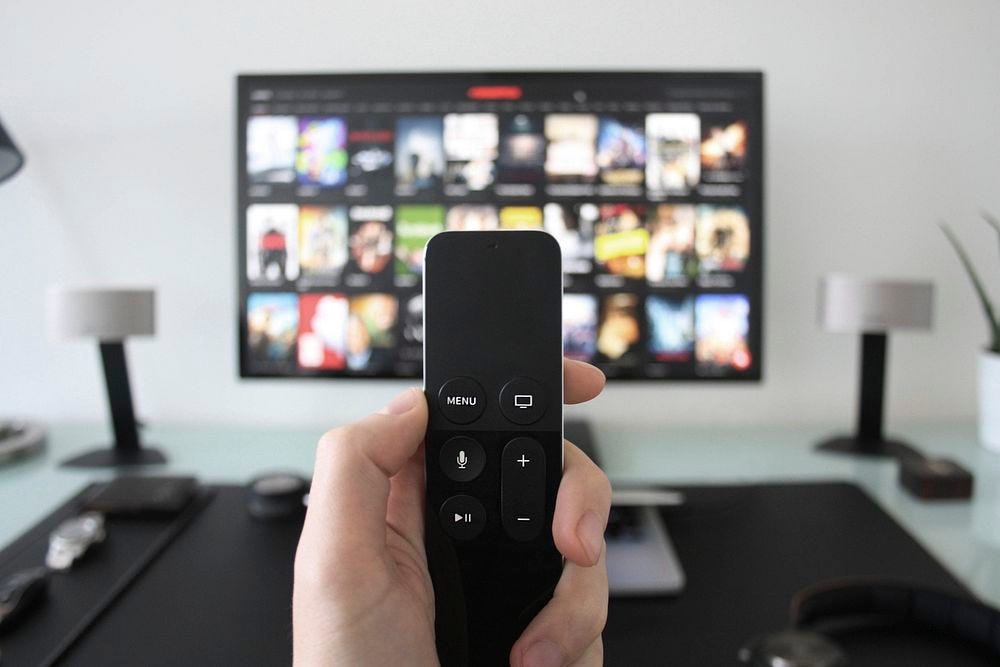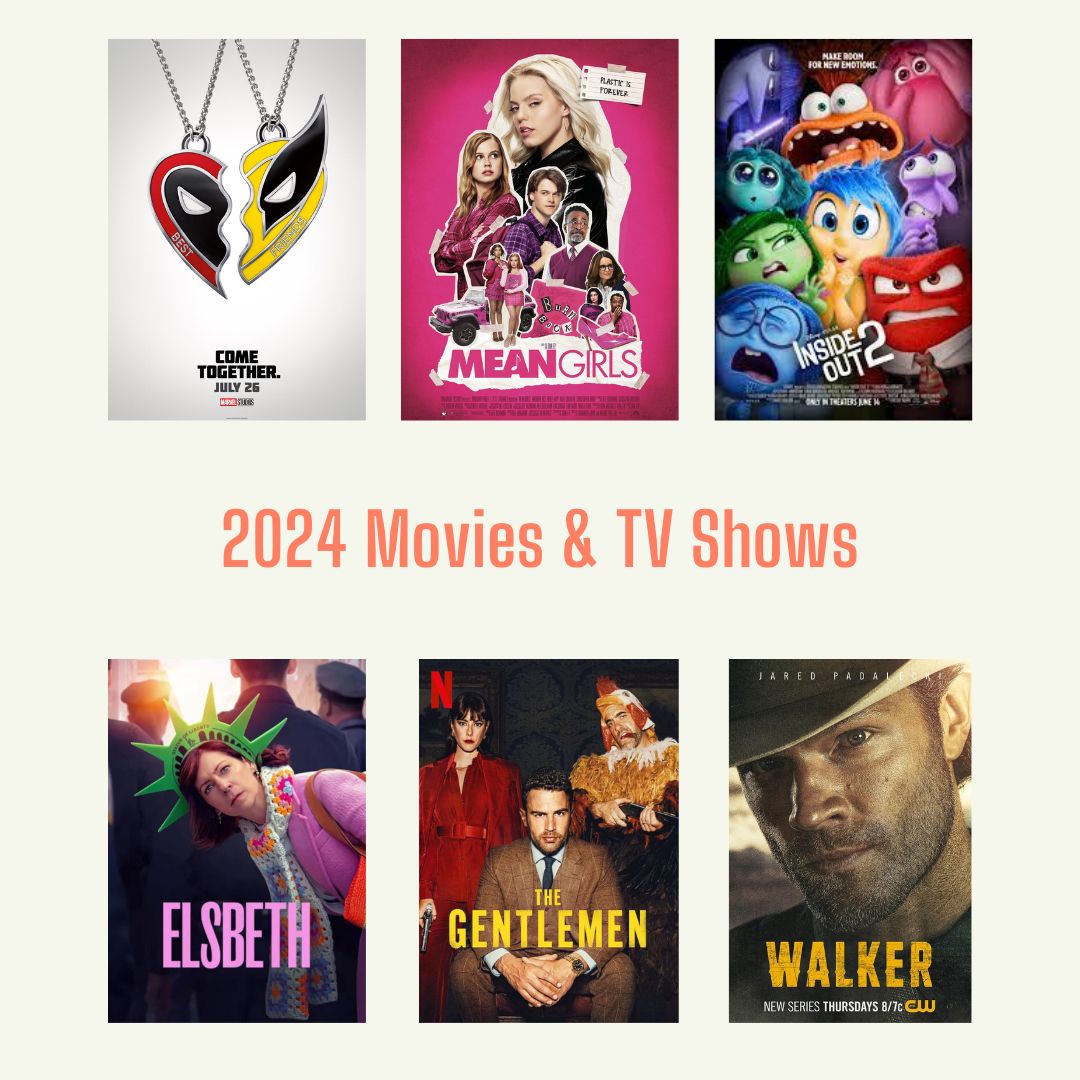New movies and TV shows come out constantly. In the past, movies would release almost exclusively in theaters while shows ran on television channels, usually with a new episode weekly. Not long after the turn of the century, a new form of watching would enter the industry: streaming.
YouTube and Netflix paved the way for online on-demand services in the late 2000s. Going into the 2010s, there were few streaming services due to the stranglehold established these brands held on the market. When Disney Plus was introduced in 2019, other entertainment giants saw the potential for money to be made and quickly put all hands on deck: Paramount Plus, HBO Max and Peacock would form going into the 2020s.
Along with the influx of streaming services came a problem. There were only so many popular shows and movies to be watched. With the increase in streaming services came the decrease in content per service. For instance, when Disney Plus was created all Disney titles left other platforms to be streamed on the new service. Multiply this by the dozens of new streaming platforms and one can see the problem.
It’s become clear to executives facing losses that the pattern of fragmenting and upcharging is not sustainable nor user-friendly.
Most notably, “The Office” (US) left Netflix in favor of the brand new platform, Peacock, in 2021. The stock of Netflix would see a huge decline and many would flock to the newcomer in the following months. Now, instead of paying 20 dollars a month for both Netflix and Hulu, consumers find themselves paying upwards of 50 dollars per month just to watch the same catalog they had access to five years prior.
The question many consumers ask now is “why?” As with most things, the answer lies in profit. Instead of Disney making a tiny portion of a licensing fee from each subscriber, they could charge each user upwards of 10 dollars per month. Just in 2021, Disney reported over seven billion dollars in profit purely from Disney Plus subscriptions. HBO Max made 530 million in 2021, Paramount Plus 1 billion and Amazon Prime Video 4.6 billion. It’s clear this new strategy works and makes money for the companies, but what does this mean for the average consumer?
For now, it means sacrificing a ludicrous amount of money each month to maintain a mediocre catalog of movies and shows. On the positive side, the launching of new streaming services can’t last forever. Netflix, the industry’s most iconic titan, has been taking the worst blows since its newfound competition. In 2021, it lost subscribers for the first time since 2012. Hulu followed suit, as well as Sling TV and Fubo. 40 percent of streaming service subscribers have canceled a subscription in the first half of 2023. It’s become clear to executives facing losses that the pattern of fragmenting and upcharging is not sustainable nor user-friendly.
Unfortunately, there’s not much one can do as an individual consumer. Everyone wants to watch movies, no matter how inconvenient it may be. Our purchasing choices, though, are incredibly impactful for both executives and shareholders. No matter how hard they squeeze each consumer, there is a limit that can and has been reached. If we assume modern patterns of loss continue, then it’s only a matter of time before stability in streaming services will return.









